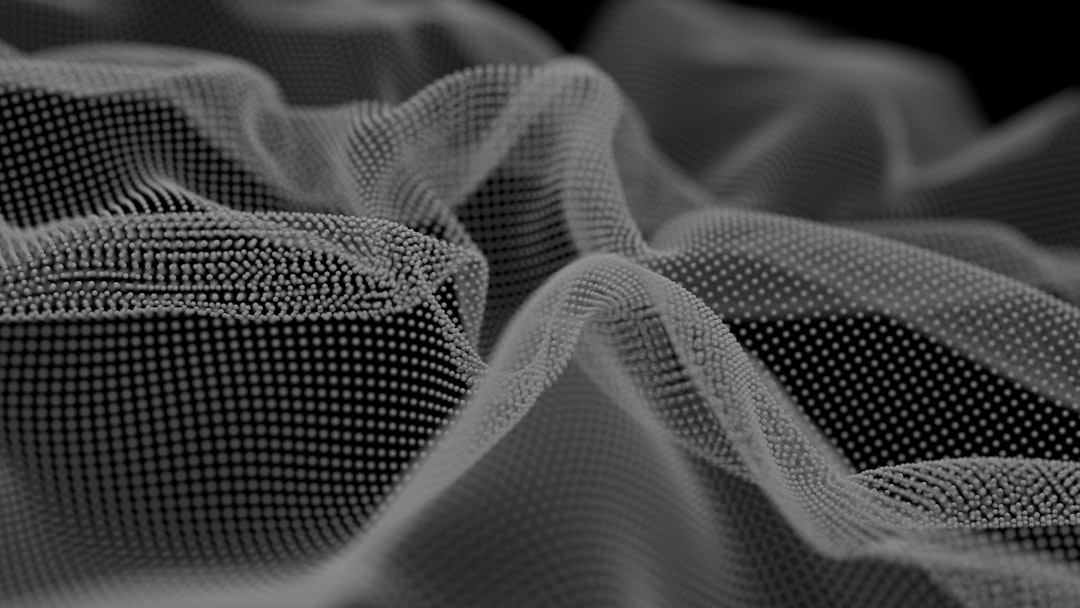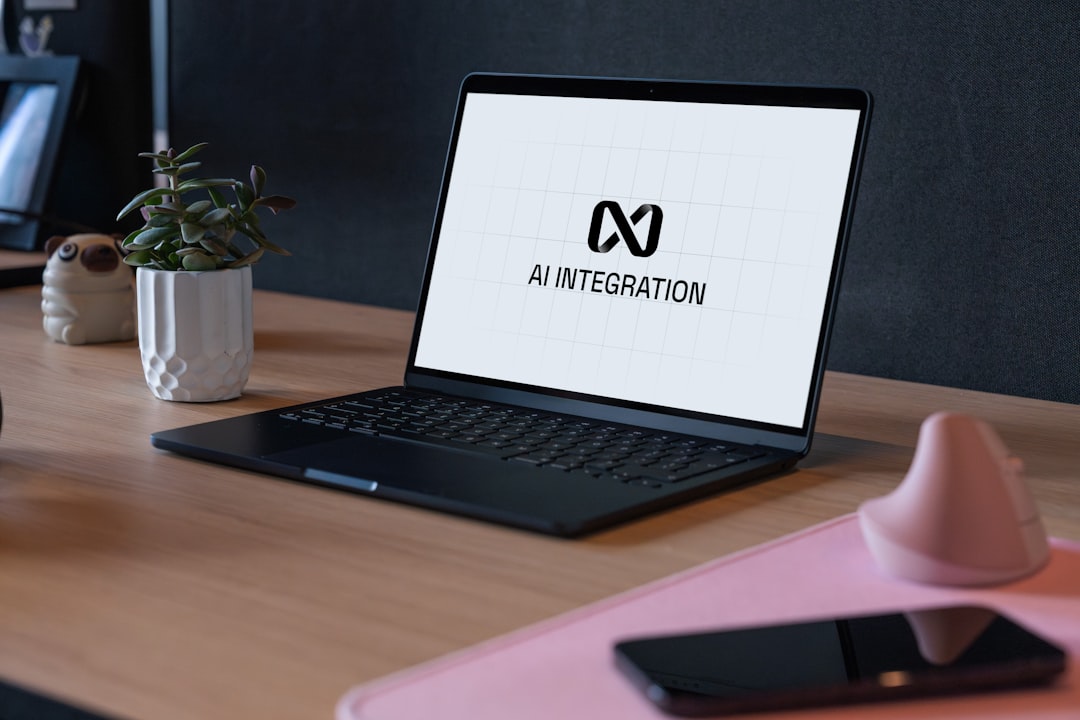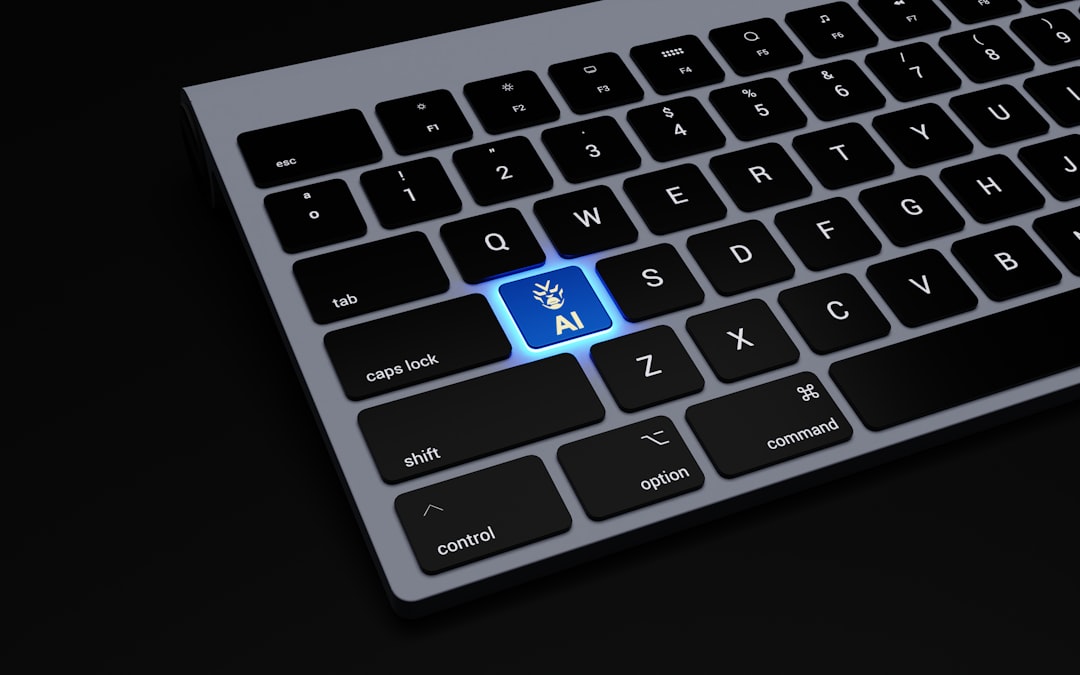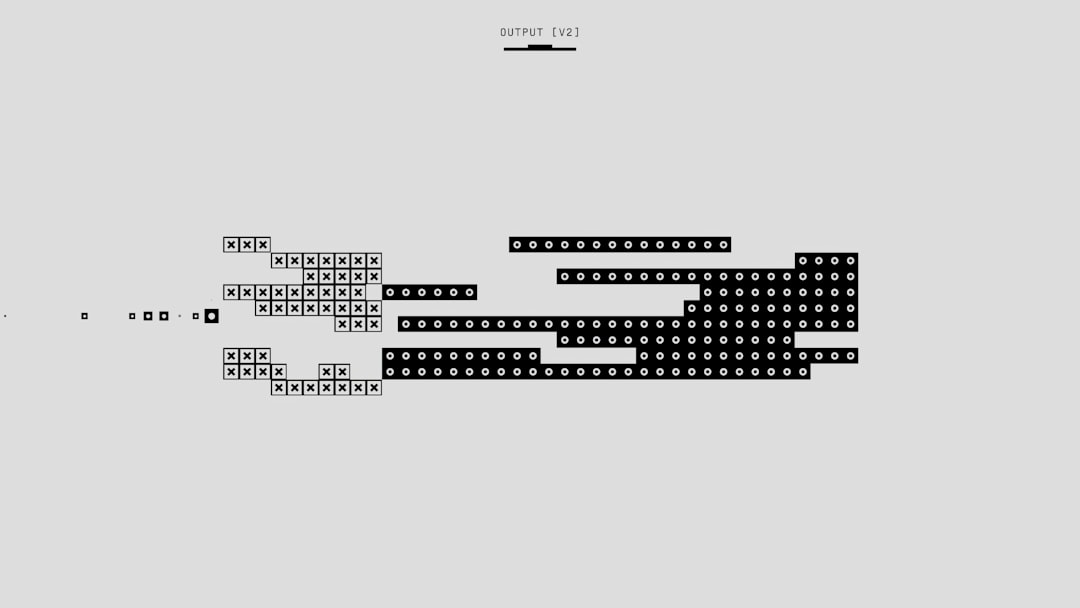NextGenBeing Founder

Listen to Article
Loading...Introduction to Edge AI on LoRaWAN Networks
Last quarter, our team discovered that integrating Edge AI with LoRaWAN networks can significantly enhance the efficiency and accuracy of IoT sensor data processing. We were working on a project that involved real-time monitoring of environmental parameters in a large industrial area. The sheer volume of data and the need for prompt decision-making led us to explore Edge AI solutions. In this article, I'll share our experience with two prominent Edge AI platforms: TensorFlow Lite 2.10 and Edge Impulse 2.5.
The Problem with Traditional IoT Data Processing
Traditional IoT data processing methods often rely on cloud-based infrastructure, which can introduce significant latency and bandwidth constraints. This is particularly problematic in applications where real-time decision-making is critical, such as industrial automation, smart cities, and environmental monitoring. Edge AI, by processing data closer to the source, mitigates these issues and enables faster, more reliable decision-making.
TensorFlow Lite 2.10 for Edge AI
TensorFlow Lite is an open-source framework developed by Google for deploying machine learning models on edge devices. Version 2.10 brings several enhancements, including improved model quantization, better support for microcontrollers, and enhanced security features. We found TensorFlow Lite 2.10 to be highly versatile and capable of running complex models on relatively low-power devices.
Implementing TensorFlow Lite 2.
Unlock Premium Content
You've read 30% of this article
What's in the full article
- Complete step-by-step implementation guide
- Working code examples you can copy-paste
- Advanced techniques and pro tips
- Common mistakes to avoid
- Real-world examples and metrics
Don't have an account? Start your free trial
Join 10,000+ developers who love our premium content
Never Miss an Article
Get our best content delivered to your inbox weekly. No spam, unsubscribe anytime.
Comments (0)
Please log in to leave a comment.
Log InRelated Articles

Turbocharge Your AI Workflows: Mastering Fine-Tuning of LLaMA 2.0 with Hugging Face Transformers 5.3 and Optimum 1.5
Oct 20, 2025

Building Real-Time Data Warehouses with Apache Kafka 4.0, Apache Flink 1.17, and Iceberg 0.4
Oct 25, 2025

CubeSat Communication Protocols: A Comparative Analysis of CCSDS vs DVB-S2 for Deep Space Missions
Nov 9, 2025
🔥 Trending Now
Trending Now
The most viewed posts this week
📚 More Like This
Related Articles
Explore related content in the same category and topics

Diffusion Models vs Generative Adversarial Networks: A Comparative Analysis

Implementing Zero Trust Architecture with OAuth 2.1 and OpenID Connect 1.1: A Practical Guide

Implementing Authentication, Authorization, and Validation in Laravel 9 APIs


